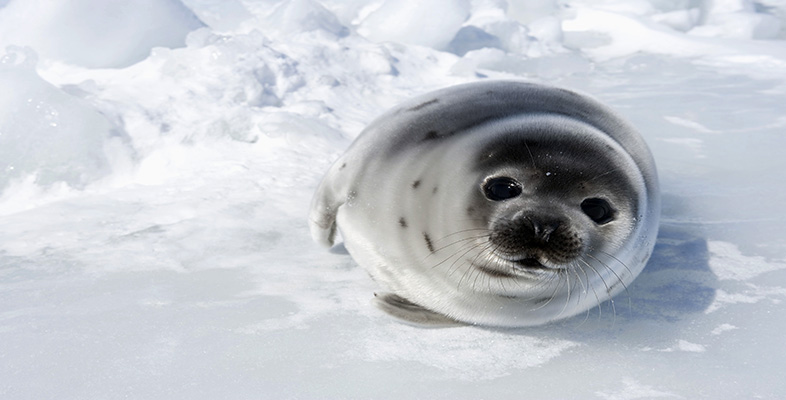5.3 Metabolism
Molecules diffuse more slowly at low temperature: measurements of the rates of diffusion of small molecules such as lactic acid, Ca2+ and analogues of glucose and ATP through fish muscles produced Q10 values of 1.75–2.04 between 5 and 25° C. Nearly all enzyme reactions are slower at low temperatures (although sometimes whole pathways can be faster if an inhibitor is more inhibited by low temperature than are the catalysts). So, in the absence of temperature compensation, most metabolic processes, including contraction and relaxation of muscle, digestion and growth, are slowed. The Q10 values of most enzyme-mediated processes that have been studied directly are in the range of 1.5–3.0.
One of the fundamental cellular processes that has been most intensively studied is the maintenance of ion gradients across the cell membrane. This system is particularly relevant to cold adaptation because it is an almost universal property of cells and because ions leak into the cell passively but are actively extruded by an ATP-based pump. Inward movement of ions through ion channels is basically a physical process, for which the Q10 is about 1.2–1.4 in the range 0–10° C, but, like other active, enzymatic mechanisms, the Q10 of ATP-producing pathways is 2–3. So as the temperature falls, extrusion cannot keep up with inflow, ions accumulate in the cells, and the membrane potential falls, with disastrous effects in neurons, muscle, kidney and many other kinds of cells. In theory, stable coupling between the two processes at low temperatures could be achieved either by increasing the capacity for active transport of ions or by decreasing membrane permeability.
SAQ 38
What would be the implications of these adaptations for BMR and exercise habits?
Answer
ATP production and utilization are major components of BMR, so more active extrusion of ions would lead to higher BMR. Decreasing membrane permeability would reduce the need for ion pumping, leading to lower BMR and lower oxygen utilization, but also to diminished capacity for osmoregulation and sluggish movement.
Polar fish have recently been studied intensively both in the wild and in the laboratory. The resting metabolic rate of several antarctic fish at −2° C proved to be at least twice as high as that expected from extrapolation of BMR data of temperate-zone or tropical fish to this temperature. However, if such warm-water fish were cooled to this temperature, they would probably not be able to swim at all and would quickly die, so the comparison is not really valid. A more relevant comparison is with temperate-zone fish that live in the deep sea, where the water temperature is always 0–4° C. When such species are compared at their normal physiological temperatures of about 0° C, the few antarctic fish that have been studied are found to have relatively high BMR. Their respiratory capacity is also more efficient: at 0° C, the isolated gills of the emerald rockcod (Figure 23c) take up oxygen at the same rate as those of the common goldfish at 15° C.
